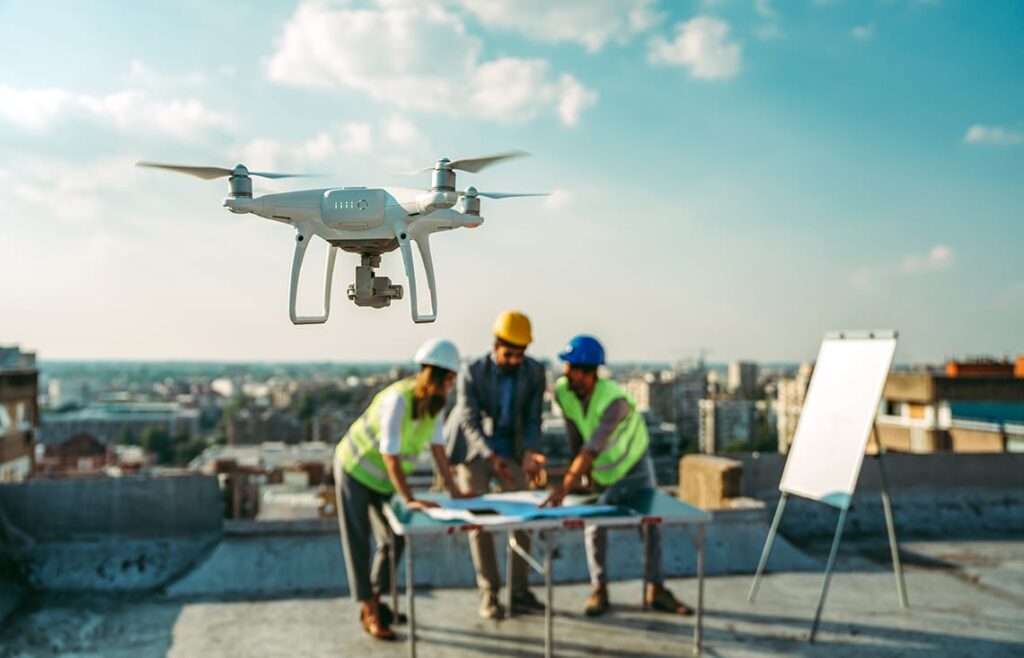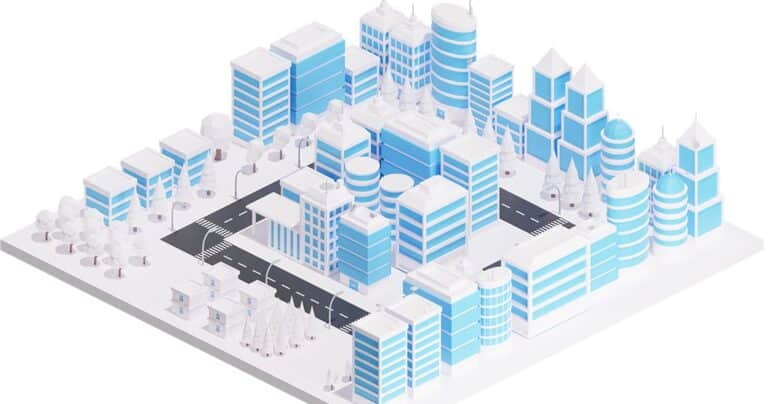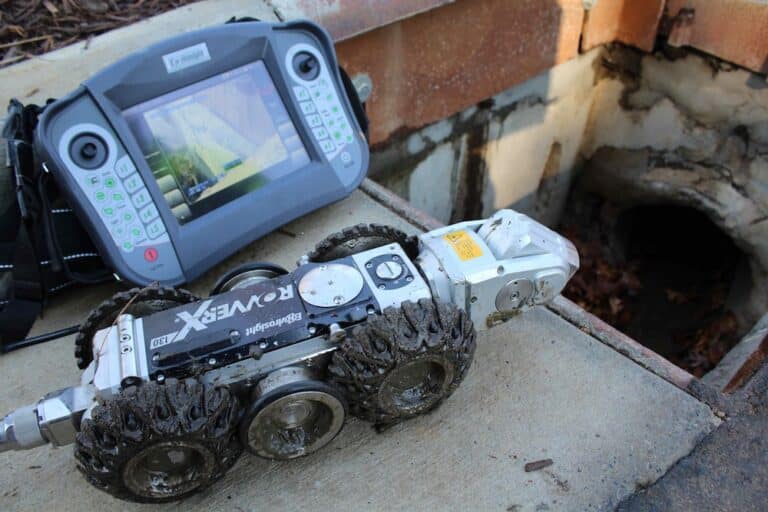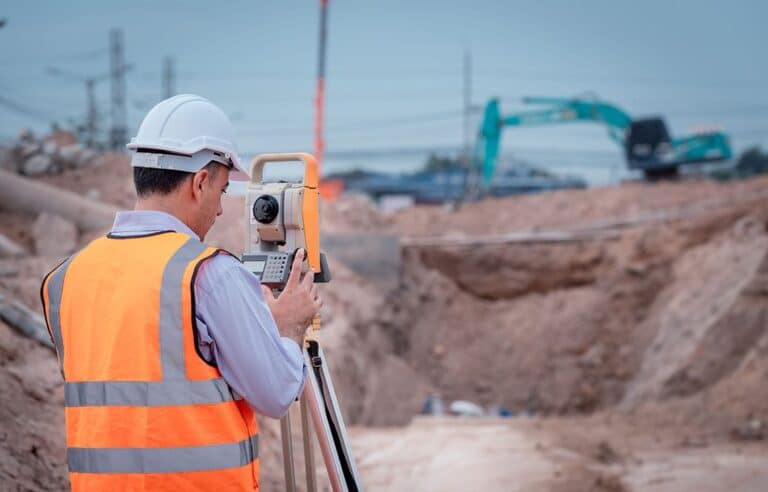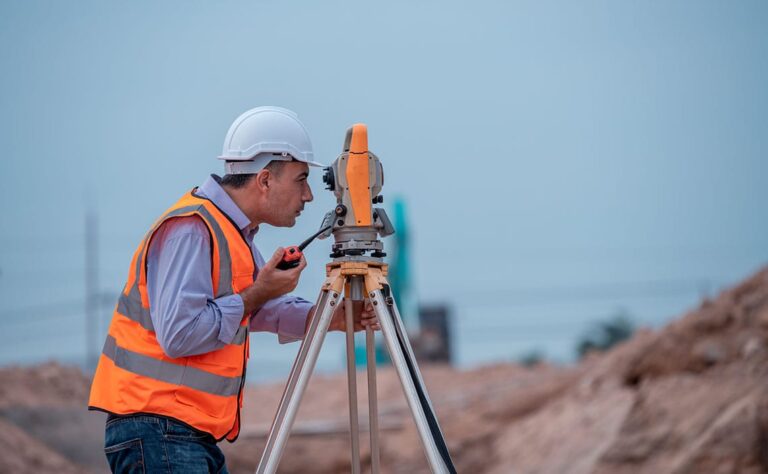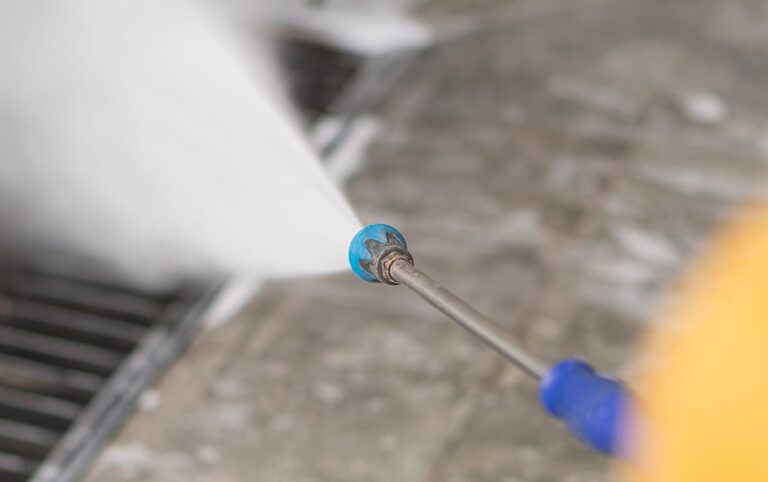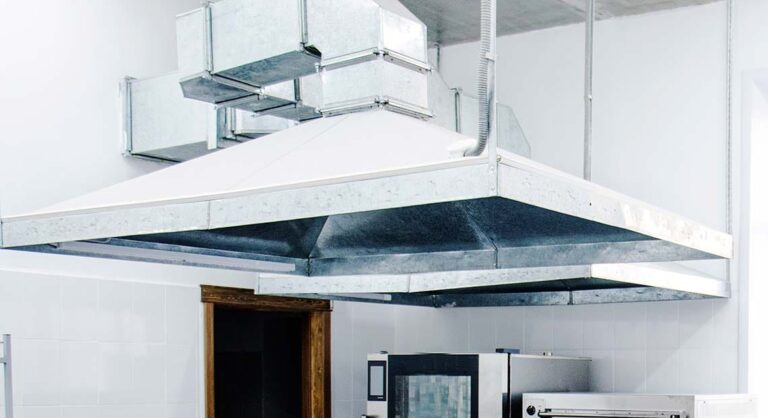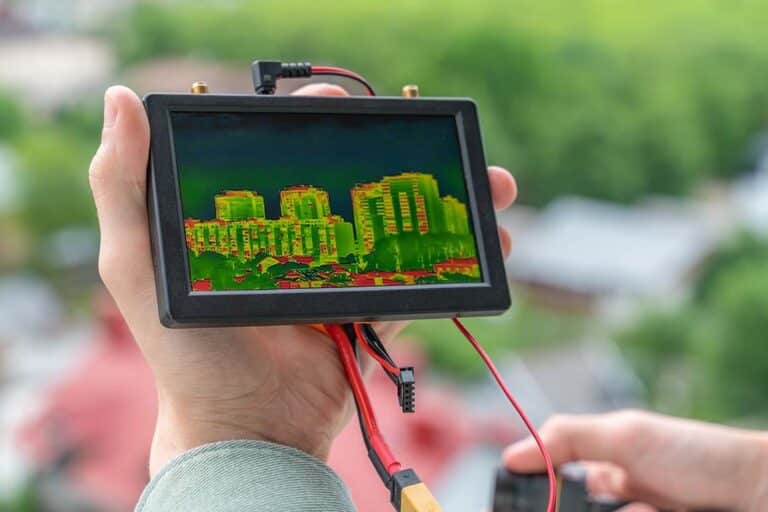Early Detection of Issues:
Infrared drone scanning allows for the early detection of potential problems such as equipment malfunctions, structural defects, or electrical issues. This early identification can help prevent more serious and costly problems in the future.
Preventive Maintenance:
Regular infrared scanning with drones enables proactive maintenance by identifying components that are operating outside of normal parameters. This helps organizations address issues before they lead to system failures, reducing downtime and repair costs.
Energy Efficiency:
Infrared drone scanning is used to identify energy inefficiencies in buildings and industrial facilities. By detecting heat loss, air leaks, or insulation problems, organizations can optimize energy usage and reduce utility costs.
Building Inspections:
In the construction and real estate industries, infrared drone scanning is employed for building inspections. It can reveal hidden structural issues, water leaks, or insulation problems, providing a comprehensive view of a structure’s condition.
Industrial Inspections:
In manufacturing and industrial settings, infrared drone scanning is used for inspecting machinery, pipelines, and electrical systems. This helps identify equipment failures, loose connections, or other issues that could lead to operational disruptions.
Cost-Effective Inspections: Drones equipped with infrared cameras can cover large areas quickly and efficiently, reducing the time and costs associated with manual inspections or traditional methods.
